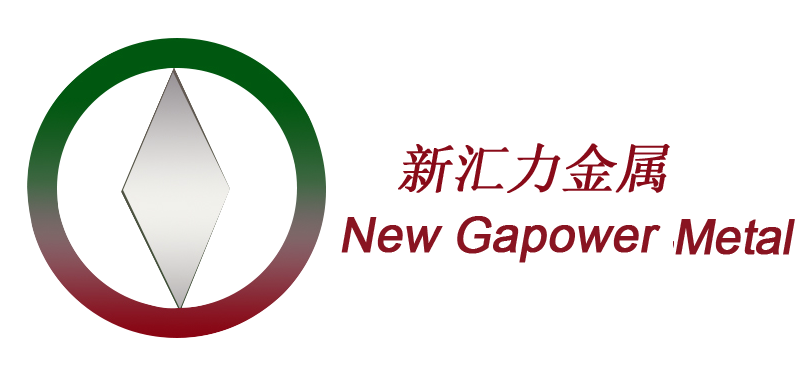Both hot-rolled seamless pipes and cold-rolled steel pipes are processes for forming section steel or steel plate.
They have a great influence on the structure and performance of steel. Steel rolling is mainly hot rolling, while cold rolling is only used to produce small sizes.
A. Hot rolled Advantages: It can destroy the casting structure of the steel ingot, refine the grain of the steel, eliminate the defects of the structure, make the steel structure dense, and improve the mechanical properties. This improvement is mainly reflected in the rolling direction, so the steel is no longer isotropic to a certain extent. It can also weld bubbles, cracks and looseness formed during casting under high temperature and high pressure. Disadvantages: 1. After hot rolling, the non-metallic inclusions (mainly sulfides, oxides and silicates) inside the steel are pressed into thin sheets and delamination (intermediate layer) occurs. Delamination will greatly reduce the tensile properties of the steel in the thickness direction, and interlaminar tearing may occur when the weld shrinks. The local strain caused by weld shrinkage usually reaches several times the yield point strain, which is much larger than the strain caused by the load. 2. Residual stress caused by uneven cooling. Residual stress is internal self-balancing stress without external force. Hot rolled steel sections of various cross-sections have this residual stress. Generally, the larger the section size of the steel section, the greater the residual stress. Although the residual stress is self-balancing, it still has a certain effect on the performance of steel parts under the action of external force. For example, it may adversely affect deformation, stability and fatigue resistance.
B. Cold rolling refers to the processing of steel plates or strips into various types of steel through cold drawing, cold bending and cold drawing at room temperature. Advantages: fast forming speed, high output, and does not damage the coating, can be made into various cross-sectional forms to meet the needs of use conditions; cold rolling will cause large plastic deformation of steel, thereby increasing the yield rate of steel points. Disadvantages: 1. Although there is no thermoplastic compression during the forming process, there is still residual stress in the section, which will inevitably affect the overall and local buckling characteristics of the steel; 2. The style of cold rolled steel is usually an open section, thus Make the section free. The torsional stiffness is low. Torsion easily occurs when bending, bending and torsional buckling easily occur when pressurizing, and the torsion resistance is poor. 3. The wall thickness of cold-rolled steel is very small, and there is no increase in the corners of the connecting plate, which is local. The ability to concentrate loads is weak. three. The main differences between hot rolling and cold rolling are: 1. The cold-rolled steel allows the local buckling of the profile, so that the load-bearing capacity of the steel bar after buckling can be fully utilized; while the hot-rolled steel does not allow the local buckling of the profile. 2. Hot-rolled steel and cold-rolled steel have different causes of residual stress, so the distribution on the cross section is also very different. The residual stress distribution on the cold-formed thin-walled steel section is curved, while the residual stress distribution on the hot-rolled or welded steel section is a thin film. 3. The free torsional stiffness of hot-rolled steel is higher than that of cold-rolled steel, so the torsional strength of hot-rolled steel is better than that of cold-rolled steel.
Post time: Jan-15-2021
